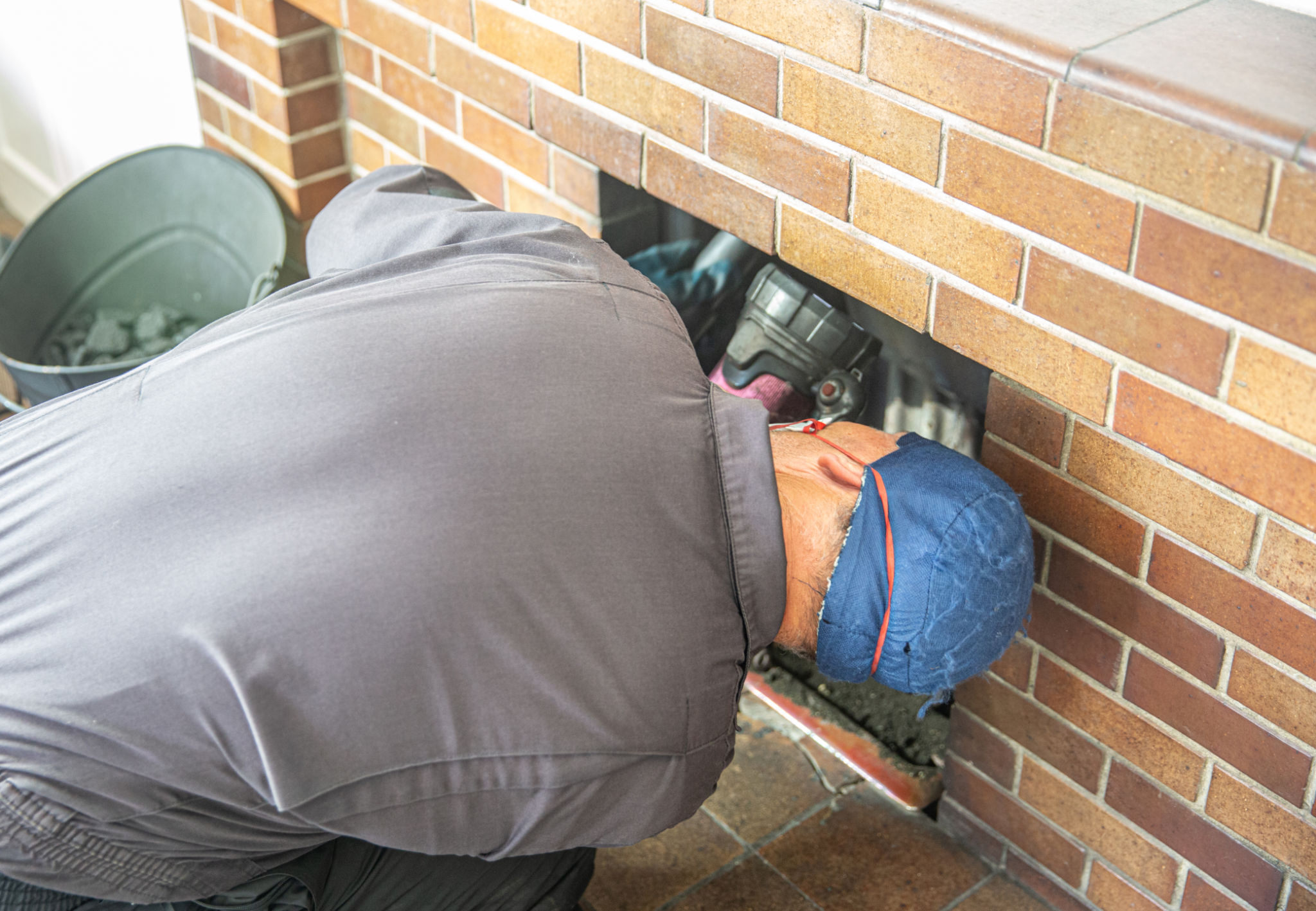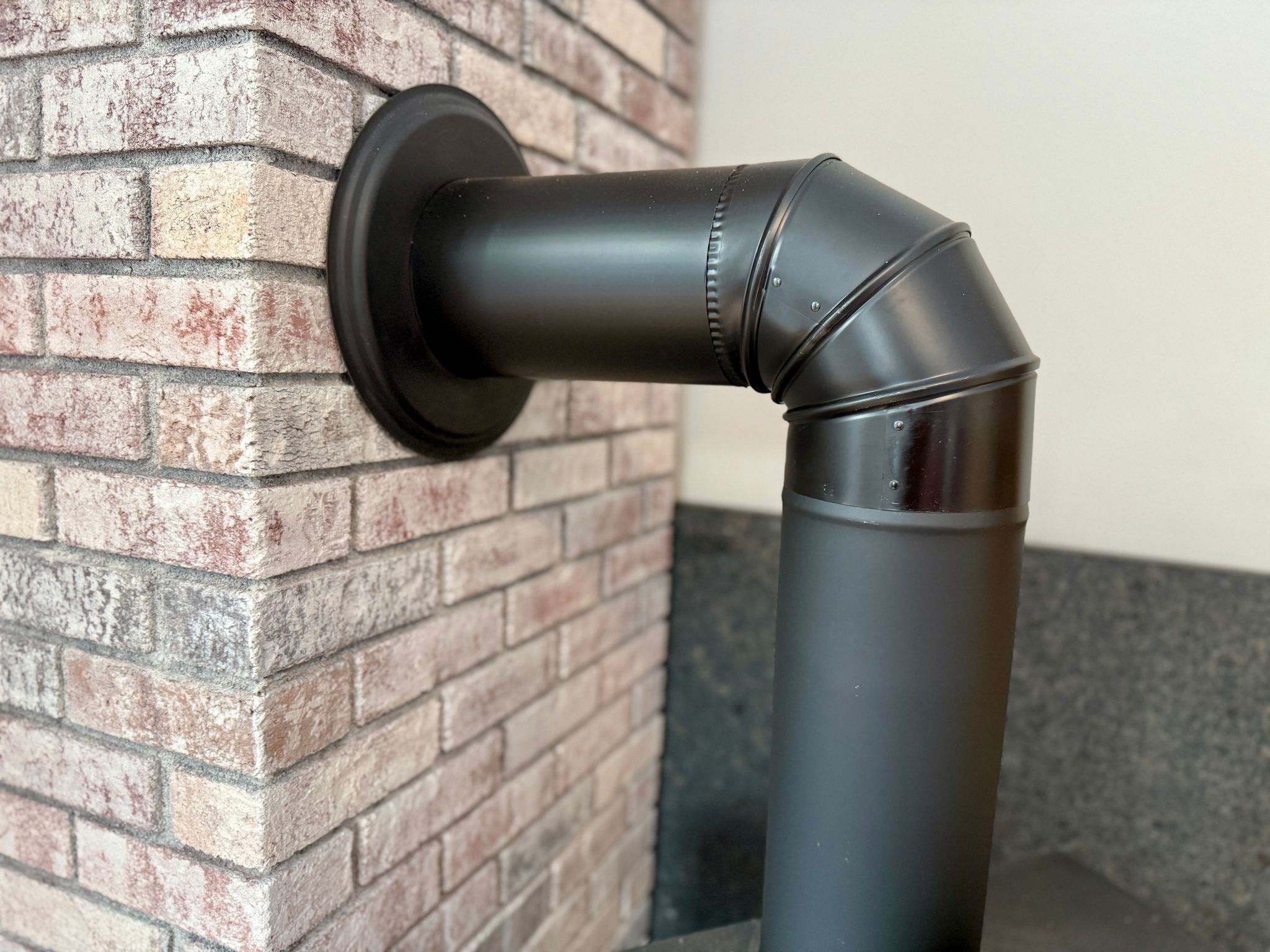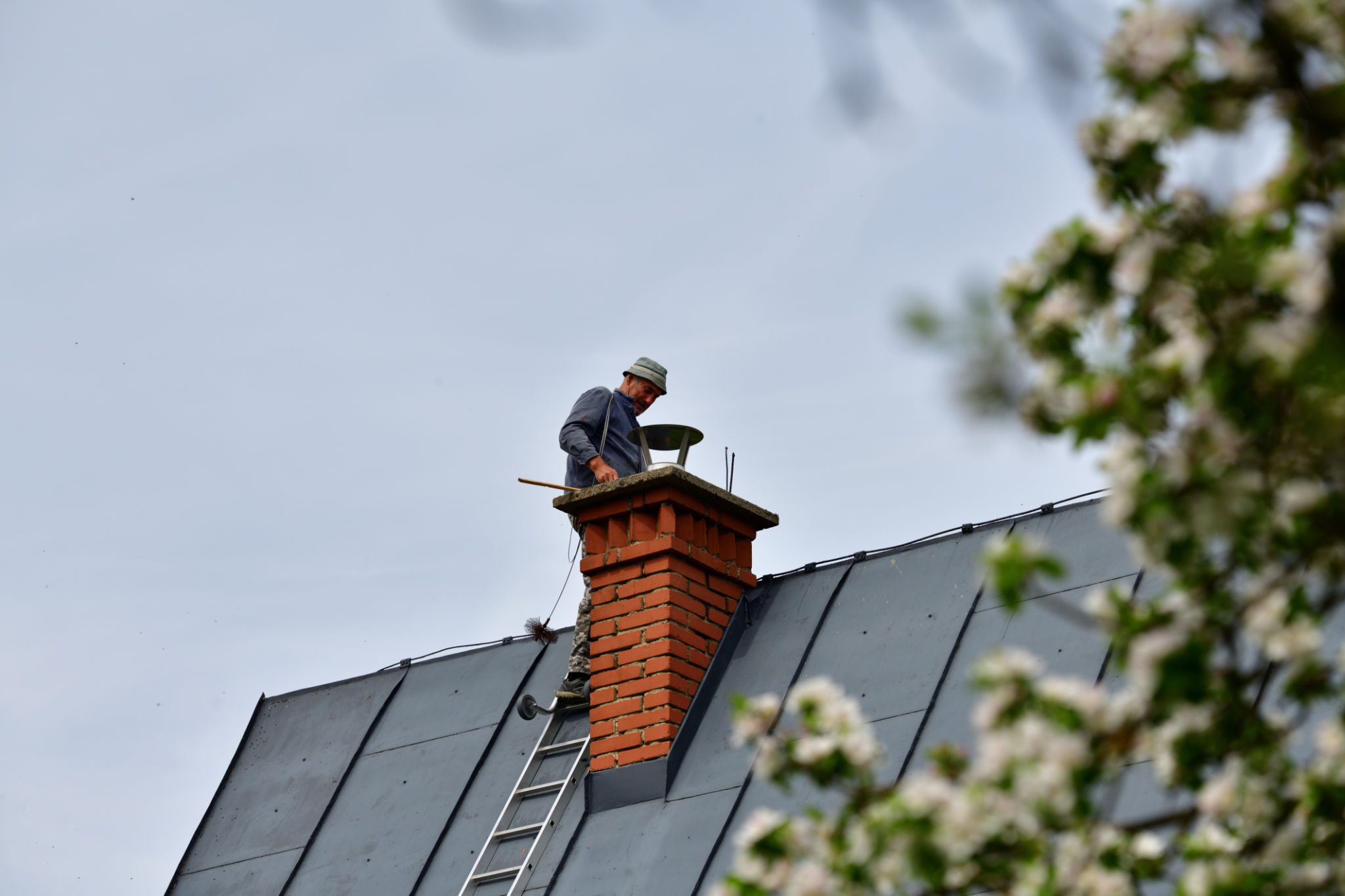Expert Tips on Preventing Chimney Damage
Understanding Common Chimney Issues
Chimneys are often overlooked components of our homes, yet they play a crucial role in venting smoke and gases safely out of our living spaces. Unfortunately, they can also be prone to damage if not properly maintained. Some common issues include cracked bricks, damaged mortar, and blockages. Being aware of these problems is the first step in preventing chimney damage.
Cracks and damage in the chimney structure can lead to serious issues like water leakage and decreased efficiency. Regular inspections can help catch these problems early before they escalate into costly repairs. It’s essential to understand the warning signs of chimney damage to ensure timely intervention.

Regular Maintenance Is Key
One of the most effective ways to prevent chimney damage is through regular maintenance. This includes annual inspections and cleanings performed by a professional chimney sweep. These professionals can spot potential issues that might not be visible to the untrained eye.
During maintenance, look for signs of wear and tear such as crumbling mortar or loose bricks. Addressing these issues promptly can prevent more extensive damage. Maintenance also involves checking the chimney cap and flashing, which are critical components for keeping moisture out.

Importance of Chimney Caps
A chimney cap serves as a protective cover that prevents rain, snow, and debris from entering the chimney. It also helps keep animals from nesting inside. Installing a high-quality chimney cap can significantly reduce the risk of water damage, which is a common cause of structural deterioration.
Ensure that the cap is made of durable materials and is securely attached. Regularly check it for any signs of rust or damage, and replace it as needed. By maintaining the chimney cap, you can extend the life of your chimney and protect your home from unnecessary damage.
Weatherproofing Your Chimney
Weatherproofing is another essential step in preventing chimney damage. Applying a waterproof sealant to the exterior of the chimney can help repel water and prevent moisture from seeping into the bricks and mortar. This is particularly important in climates with heavy rainfall or snowfall.

In addition to applying a sealant, consider installing flashing around the base of the chimney where it meets the roof. Flashing acts as an additional barrier against water penetration, further safeguarding your chimney from damage.
Addressing Blockages and Obstructions
Blockages within the chimney can pose significant risks, including poor ventilation and increased fire hazards. Regular cleaning helps remove creosote buildup—a highly flammable substance—from the flue lining. Creosote can accumulate over time and restrict airflow if not addressed.
Aside from creosote, other obstructions like leaves, twigs, or animal nests can cause blockages. Installing a spark arrestor at the top of the chimney can help keep these obstructions at bay while allowing smoke to escape freely.
Final Thoughts on Chimney Care
Proactive care and maintenance are crucial for keeping your chimney in top condition. By staying informed about common issues and implementing preventive measures, you can protect your home from potential hazards and costly repairs. Remember that regular inspections and professional cleaning are vital components of a comprehensive chimney care plan.
Investing time and resources into maintaining your chimney will ensure its longevity and reliability. Prioritize these expert tips to keep your chimney safe and functional for years to come.
